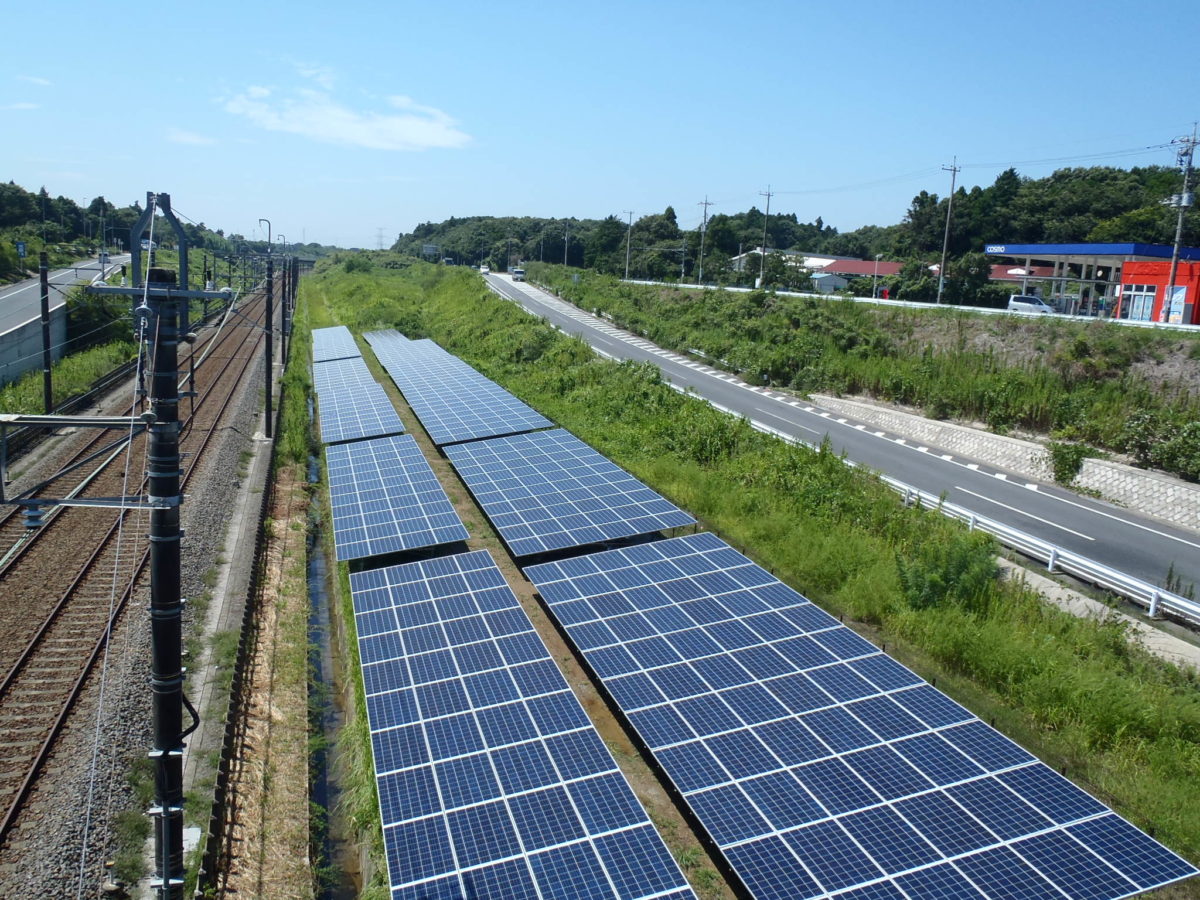The Tokyo-based consultancy said that there is a “high possibility” that the country will hit the 64 GW mark in early 2020. Japan’s cumulative installed PV capacity stood at approximately 41.6 GW at the end of 2016, according to statistics from the International Renewable Energy Agency (IRENA).
“It is necessary to set a new target greatly exceeding the current installation target for 2030,” RTS said, claiming that the government may decide to revise the solar installation target to as high as 150 GW by 2030.
Bloomberg New Energy Finance (BNEF) expects the country to install at least 5 GW (DC) of solar capacity this year. By the end of October, the Ministry of Economy, Trade and Industry (METI) had approved approximately 40.5 GW of solar for development under its revised feed-in tariff (FIT) scheme.
A METI committee is expected to start discussing the country’s longer-term energy plans for the period through 2050 at some point early in the new year. Although the ministry has yet to revise its long-term energy installation targets, it started discussing the formulation of its fifth short-term strategic energy plan in August.
Its current energy targets, set in 2014, call for renewables to account for 22 to 24% of the national energy mix by 2020, which is slightly higher than the current nuclear target, but below the country’s plans for coal-fired generating capacity.
However, RTS does not expect significant changes in the new three-year plan, which will be released by the end of the current fiscal year on March 31, 2018.
In late November, METI held its first auctions for PV projects above 2 MW in size. Eight companies won the rights to build 141 MW of solar across nine sites, out of 500 MW of capacity up for grabs. The lowest winning bid coming in at JPY 17.2/kWh. METI is expected to announce new tender rounds in the upcoming fiscal year.
Falling demand
Japanese demand for solar continues to fall at the utility-scale, with PV module shipments for such projects falling to 728 MW in the July-September period, down 23% year on year, according to the Japan Photovoltaic Energy Association (JPEA). By contrast, shipments of solar panels to be used in residential PV applications rose 19% on the year, to 250 MW over the same period, the JPEA said.
However, although developers are increasingly focusing on the residential PV segment — in line with current market trends — a number of companies are still pushing forward with plans to build big solar projects, RTS said.
For example, SB Energy, the renewables development unit of Japanese telecoms group SoftBank, recently revealed plans to install 102.3 MW of solar in the town of Yakumo, on the northern Japanese island of Hokkaido. In addition, Tokyo-based PV developer Looop is now building a 31.6 MW solar project — paired with 6.59 MWh of storage capacity — in Nakashibetsu, Hokkaido.
PV system prices continue to fall in Japan, with RTS estimating the average price of residential solar systems at about JPY 200,000 ($1,760) per kilowatt. Total shipments of solar panels in Japan reached 1.39 GW in the July-September period, down roughly 24% from a year earlier, the consultancy said, citing statistics from the JPEA.
RTS said that Sharp, Kyocera, Panasonic and Mitsubishi Electric posted “sluggish” results in the April-September period, largely due to declining sales in the Japanese PV market.
This content is protected by copyright and may not be reused. If you want to cooperate with us and would like to reuse some of our content, please contact: editors@pv-magazine.com.



By submitting this form you agree to pv magazine using your data for the purposes of publishing your comment.
Your personal data will only be disclosed or otherwise transmitted to third parties for the purposes of spam filtering or if this is necessary for technical maintenance of the website. Any other transfer to third parties will not take place unless this is justified on the basis of applicable data protection regulations or if pv magazine is legally obliged to do so.
You may revoke this consent at any time with effect for the future, in which case your personal data will be deleted immediately. Otherwise, your data will be deleted if pv magazine has processed your request or the purpose of data storage is fulfilled.
Further information on data privacy can be found in our Data Protection Policy.